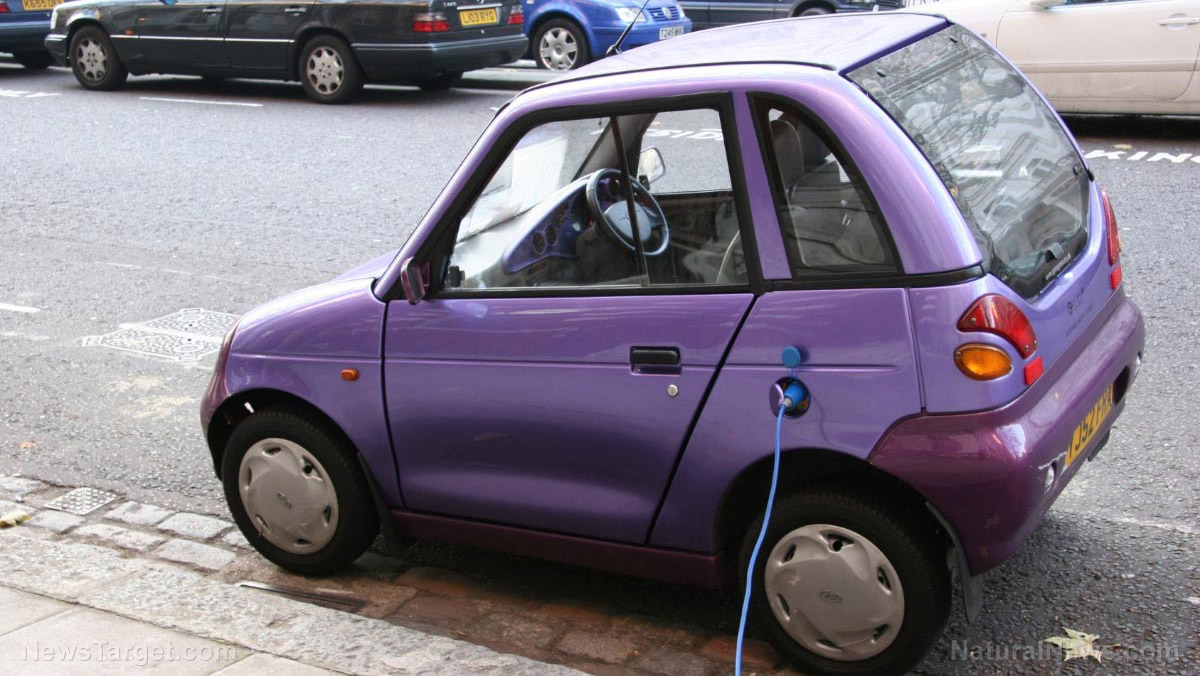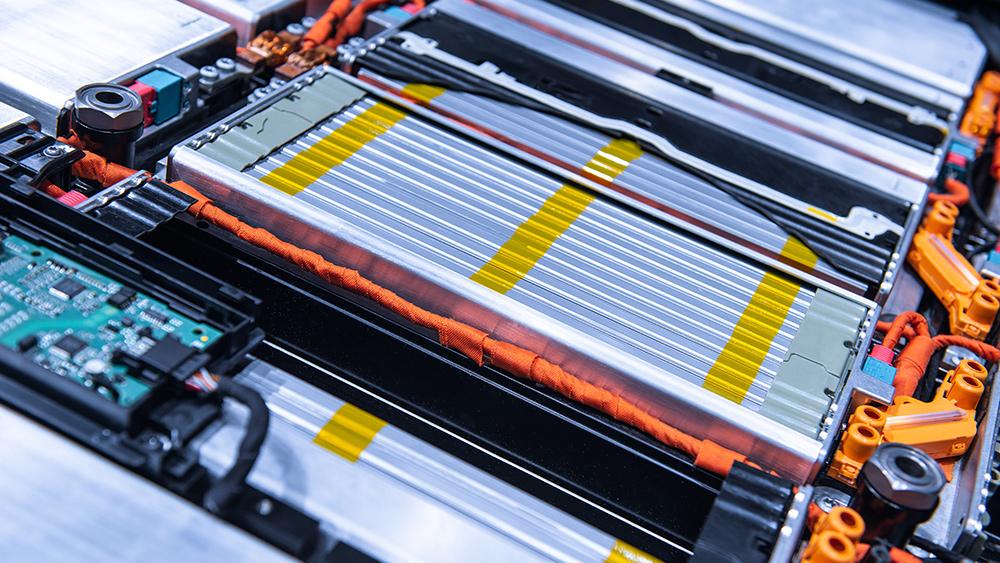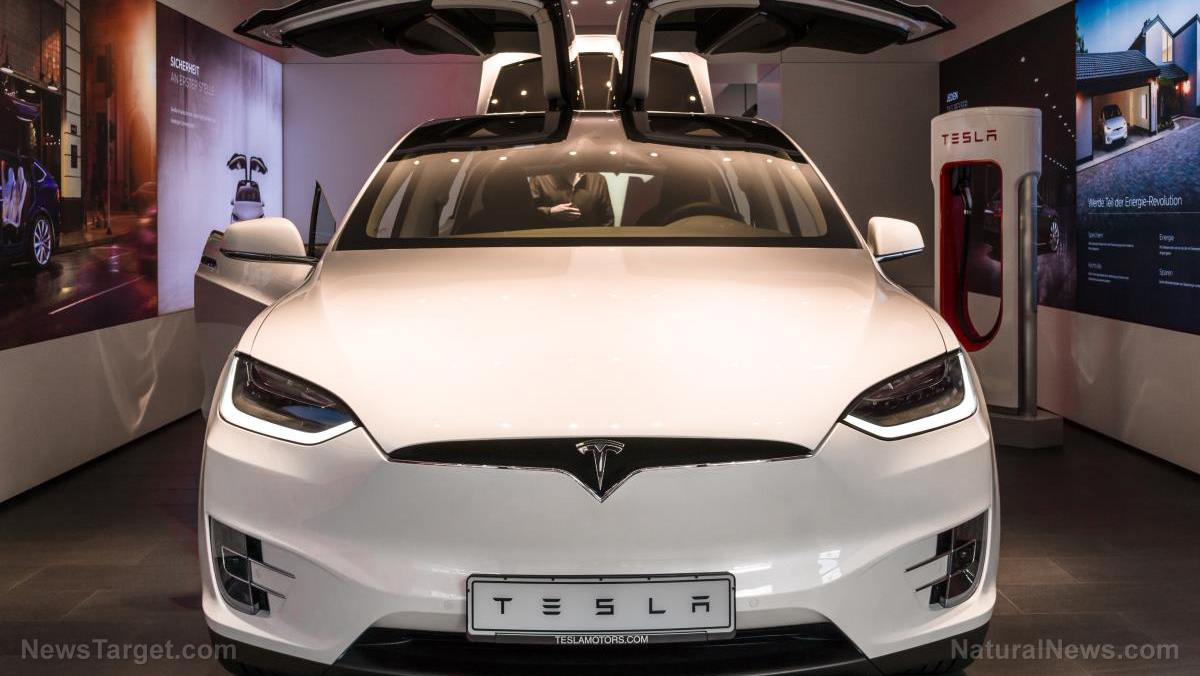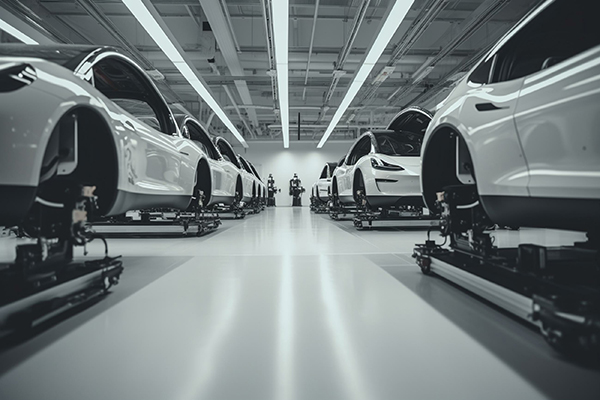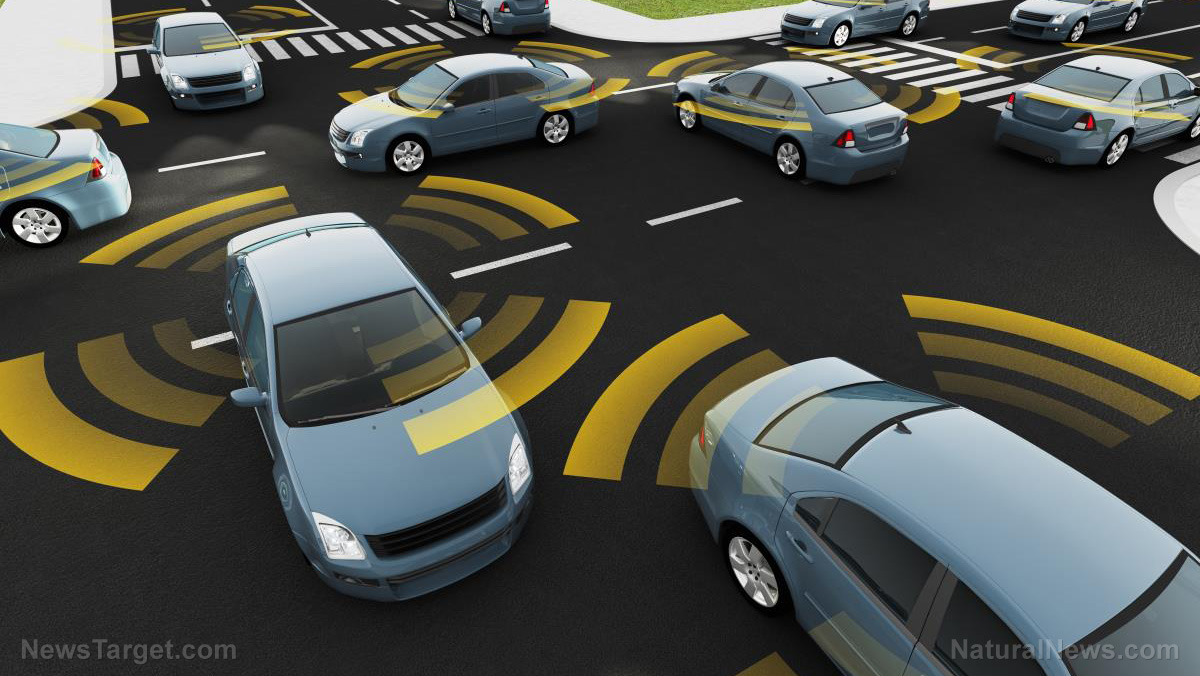Sustainable energy? Individual EV charging stations use equivalent power of 280 homes every single hour
11/20/2023 / By Ethan Huff
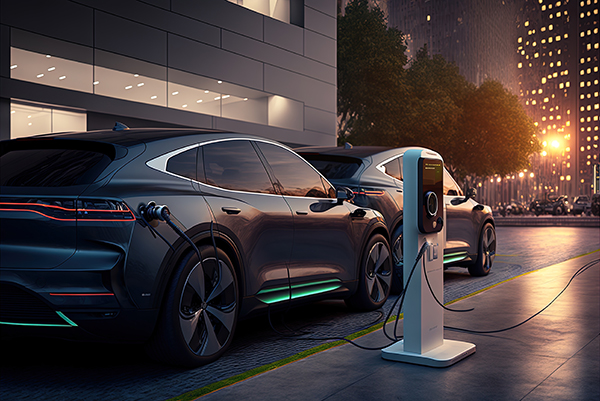
A controversial video that is going viral online claims that the average electric vehicle (EV) charging station uses the equivalent amount of energy to power 280 homes every single hour that it is in use, rendering the concept wasteful and completely unsustainable.
Running vehicles on electric rather than gas was supposed to help conserve energy while saving the planet, but the video in question, which you can watch below, explains why this might not be what is actually happening every time an EV owner recharges a vehicle.
“I think I’m just doing a quick little video here just to give people an idea of how much energy it takes to charge an electric vehicle,” the man in the video states.
“I’m at Electrify America. This is a 350-kilowatt station. I’m consuming roughly 137 kilowatts. It’ll fluctuate. Sometimes I can go up to the full 350. But to put this into perspective, an average home consumes 1.25 kilowatts per hour, 135 kilowatts per hour. It’s like the equivalent of 106 homes on the grid, just this one station. Now, if I was going to get the full 350 kilowatts like these can supply, that would be the equivalent of 280 homes.”
The Truth About Electric Cars. Each Individual Charging Station Is Using The Equivalent Power Of 280 Homes Every Hour ?
If All Chargers At One Station Are Being Used, The Power Being Used Is Equivalent Is 1,080 Homes Every Hour
“I think I’m just doing a quick little video here… pic.twitter.com/bfUZi6Lobh
— Wall Street Apes (@WallStreetApes) November 12, 2023
(Related: Learn more about why EVs are a scam.)
All six chargers at station running at full capacity consume enough energy to power 1,808 homes
The man then explains the amount of energy all six chargers running at full capacity would consume, stating that this is like powering “1,080 homes on the grid.”
“Just a little food for thought,” he then says. “It’s things people don’t realize, the amount of energy it takes to fast charge these batteries. It’s a huge amount of electricity. And now you understand why the electric companies can’t even supply that much power to one spot.”
“It’s like think of 1,600 homes and how much copper and wire that would take to supply that many houses. So yeah, it’s pretty cool. Somebody else just pulled in and yeah, there goes another 280 homes on the grid as soon as he plugs in. So just a little food for thought. I do love my electric vehicle. They’re awesome. They’re quiet, but it’s just something that people don’t really think about.”
X (formerly Twitter), now owned privately by billionaire EV guru Elon Musk of Tesla, was quick to dub the video and its claims as “misinformation.” Musk and his team tagged the post with claims that it “is misconstruing the amount of energy it takes to charge a battery versus how much power it takes to deplete it,” adding that this is the difference between kW (kilowatts) and kWh (kilowatt hours).
In other words, the guy is calculating his math wrong, according to X. Either way, though, there is still nothing at all green about EVs or EV charging stations, especially when considering the fact that a bulk of the so-called “green” energy they produce still comes from coal- and diesel-powered plants.
Other forms of “green” energy such as wind and solar are also not nearly as clean as claimed. Wind farms are decimating wildlife and biodiversity at an astounding rate while solar panels require extensive mining for rare-earth minerals in places like China and Africa where child slaves, oftentimes, are forced into dangerous situations for just pennies a day.
There is nothing clean or sustainable about EVs. Learn more at GreenTyranny.news.
Sources for this article include:
Submit a correction >>
Tagged Under:
charging station, Climate, deception, electric, electric vehicle, electricity, energy, environ, EV, fuel supply, green deal, Green New Deal, green tyranny, new energy report, real investigations, suppressed
This article may contain statements that reflect the opinion of the author
RECENT NEWS & ARTICLES
RoboCars.News is a fact-based public education website published by Robo Cars News Features, LLC.
All content copyright © 2018 by Robo Cars News Features, LLC.
Contact Us with Tips or Corrections
All trademarks, registered trademarks and servicemarks mentioned on this site are the property of their respective owners.

